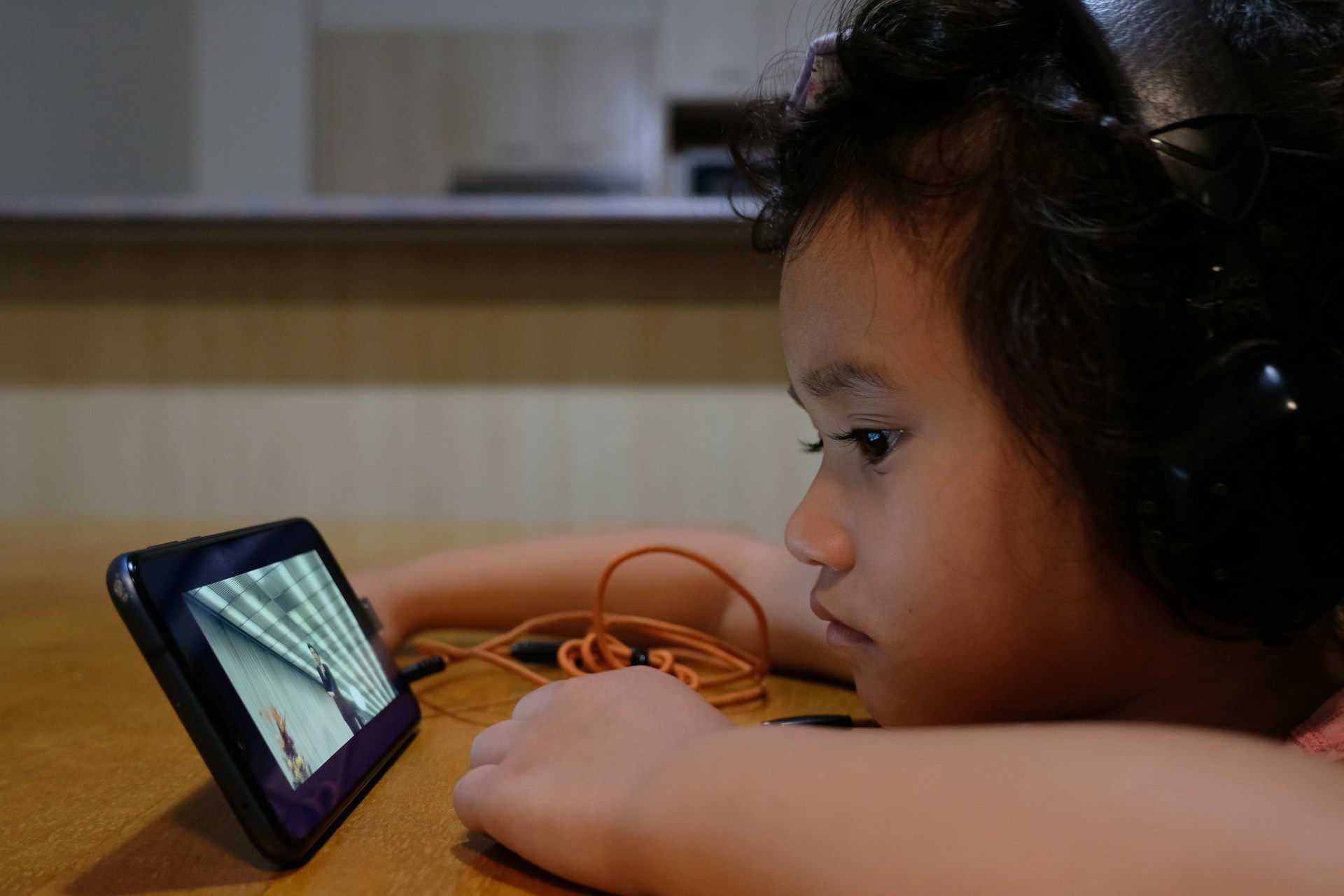In an age where smartphones, tablets, and streaming services are more accessible than ever, it’s no surprise that many parents wonder, how much screen time is too much. Whether you’re raising toddlers, school-aged children, or teens, the question of digital balance has become a regular topic around the dinner table. This concern holds especially true for families in Arizona, where scorching daytime temperatures can make indoor screen-based activities highly appealing during certain parts of the year. But how do you strike the right balance between beneficial technological exposure and too much screen dependence?
Understanding Screen Time Recommendations
The American Academy of Pediatrics (AAP) provides clear guidelines for screen time limits based on a child’s age. For instance, children younger than 18 months should avoid screens altogether—aside from the occasional video chat with loved ones—while children ages 2 to 5 should ideally not exceed one hour of screen time per day. As kids grow older and begin using devices for schoolwork, these recommendations become more flexible, yet experts still caution that excessive screen use can affect children’s physical and mental well-being.
The Impact on Development
Excessive screen time can influence multiple facets of a child’s development:
- Language and Communication: Young children learn best through active engagement with caregivers. Passive viewing doesn’t offer the same back-and-forth interactions they need to develop robust vocabulary and social skills.
- Sleep Quality: Screen use—especially close to bedtime—can disrupt a child’s sleep cycle. The blue light emitted by many devices can suppress melatonin, making it harder for kids to wind down.
- Physical Health: When screen time replaces active play, children miss out on crucial opportunities for exercise and motor skill development. This is especially pertinent in Arizona, where kids can enjoy plenty of outdoor activities with proper sun protection and planning.
Encouraging Healthy Tech Habits
Finding the right balance doesn’t mean unplugging entirely. In fact, technology can offer educational content, creative outlets, and social connections. Here are a few suggestions to maintain a healthy screen-to-life ratio:
- Set Consistent Limits: Designate specific times of the day for screen use—like after homework or chores—and stick to that schedule. Consistency helps children understand boundaries and form good habits.
- Curate Quality Content: Not all screen time is created equal. Seek out educational apps, interactive e-books, and child-friendly videos that stimulate learning. Parents can explore resources like Common Sense Media for content reviews.
- Engage Together: Co-viewing can be a game-changer. Sit with your child while they watch a program, ask questions, and share feedback. This transforms a passive activity into a meaningful learning experience.
- Encourage Alternatives: Offer appealing offline activities—board games, arts and crafts, or an outdoor adventure. When Arizona’s summer heat is intense, plan indoor activities like building forts or cooking simple recipes as a family.
Watch for Warning Signs
If your child becomes overly anxious or irritable when devices are off-limits, it may indicate that screen use has developed into a dependency. Other signs of excessive screen time include complaining of boredom without a screen, reduced physical play, and declining performance in school. If you’re uncertain about how to scale back without causing friction at home, consider seeking advice from a pediatrician or child psychologist who can offer tailored strategies.
Balancing Technology and Real Life in Arizona
Arizona’s diverse weather can either prompt families to spend time indoors—where screens are readily available—or enjoy outdoor recreation. Encourage your family to explore local hikes or parks during the cooler hours, making sure to apply sunscreen and stay hydrated. This not only reduces sedentary screen time but also fosters a lifelong appreciation for Arizona’s natural beauty.
Consult with Children’s Medical Group
Ultimately, finding balance with screen time is about knowing your child’s needs and creating an environment that supports healthy growth and learning. If you notice concerning changes in your child’s behavior or if you’d like personalized strategies to foster better tech habits, reach out to Children’s Medical Group. Our board-certified pediatricians understand the challenges of raising kids in today’s digital world and are here to offer guidance tailored to your child’s stage of development. Together, we can help your family enjoy the benefits of technology—without letting screen time take control.


